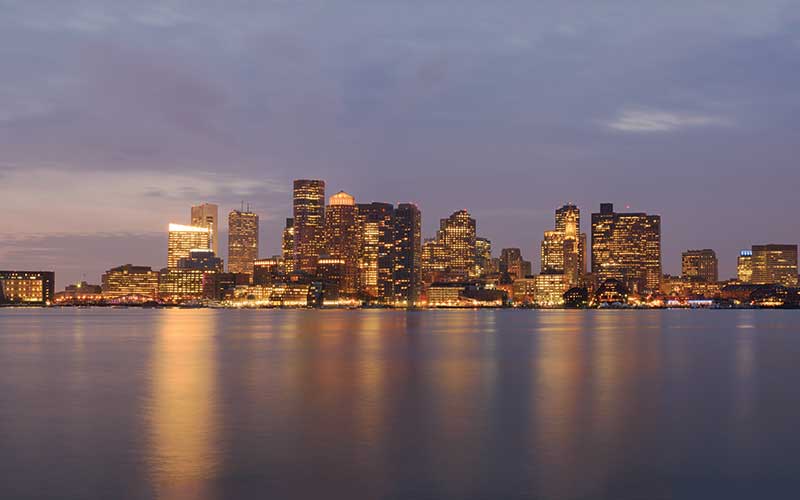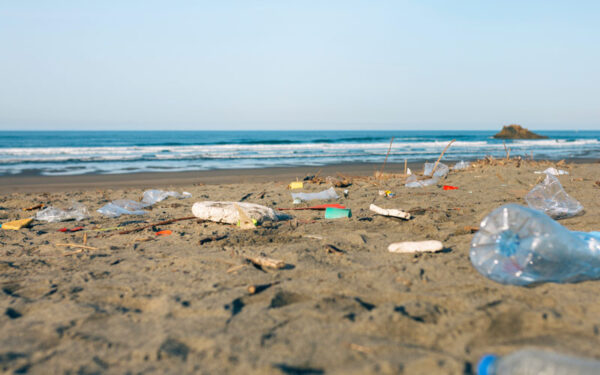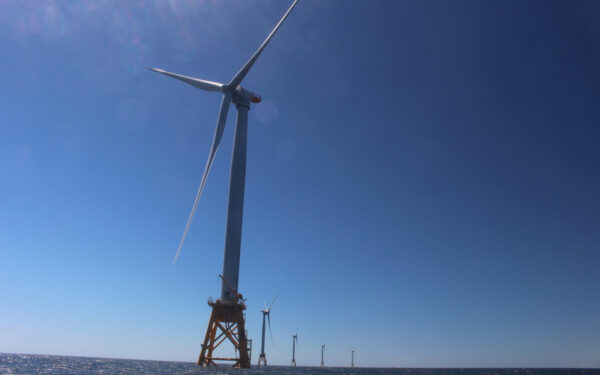
The New Frontier in the Fight to Save Boston Harbor
When CLF launched its 1983 lawsuit against the Commonwealth of Massachusetts for dumping toxic sludge and untreated wastewater into Boston Harbor, years of neglect by the federal government, the state, the city, and polluters had turned the harbor into a shameful liability. But over time, and thanks to the dedicated efforts of public and private partners, the harbor has become the pride of Boston and a centerpiece of booming economic growth, technical innovation, and city life.
The lessons of Boston Harbor are many, but the ultimate takeaway seems pretty simple: doing the right thing now, even if it’s costly, delivers remarkable returns later, and ensures true resilience over time. But those lessons are too easily forgotten or ignored. Today, short-sighted, profit-driven development is threatening to once again shortchange the city’s sustainable future, this time in the face of a changing climate.
A generation ago, no one could have imagined that unchecked development along Boston’s waterfront could ever be a problem. Who would want to live, work, or play alongside what was essentially an open sewer? And climate change impacts weren’t yet part of the public dialogue.
But the harbor’s cleanup created a new urban frontier, one that has resulted in the fast-paced development of apartments, condos, hotels, office space, restaurants, and more along the waterfront. Today, developers are stampeding to build on the parts of the waterfront – the Seaport District, East Boston, and South Boston – that have been less built out, until now. Such rampant growth brings a short-term economic boon, yes, but it also brings long-term risk if it is not countered by a comprehensive and strategic vision of climate readiness.
This is where the new line in CLF’s battle to protect Boston’s harbor and waterfront is being drawn: with CLF leading the charge to do the right thing now – in which new development would be informed by strategic and forward-thinking planning – over the current close-your-eyes-and-hope-for-the-best approach.
The costs of not doing the right thing now will be devastating. Four years ago, Bostonians watched in horror as Superstorm Sandy tore through New Jersey and New York, destroying homes and businesses with its storm surge and flooding. But Boston averted similar catastrophe from Sandy by mere hours. Had the storm made landfall here just five and a half hours earlier, at high tide, the floodwaters would have reached the steps of Boston City Hall – a half mile inland from the city’s waterfront.
The City of Boston has hardly ignored its climate risk – in fact it’s been lauded for its attention to it. The Boston Climate Action Plan and Climate-Ready Boston Initiative provide frameworks for coastal communities across the country in how to analyze and model the future climate conditions that will reshape our coastlines. Yet the blind spot in the city’s climate readiness work remains execution along its own vulnerable waterfront, where more than $7 billion in new and planned development is currently in the works – development that, by and large, ignores the impending realities of bigger and more severe storms, flooding, and sea-level rise.
Fighting City Hall and powerful developers is familiar ground for CLF. Even as we carried on our fight to clean up Boston Harbor through the 1980s and into the new millennium, the organization was also at work defending people’s right to access and enjoy the increasingly attractive waterfront that they had paid to clean up. If developers had had their way then, the Boston Harbor waterfront would look nothing like it does today. Instead of nearly 40 miles of Harborwalk, the waterfront would have been walled off behind residential and commercial real estate. CLF’s ultimate victory in those earlier development battles meant that the people of Boston now not only had a harbor on the mend, but improved access to that harbor by transit and on foot, along with green and other public spaces that have since become cultural and recreational destinations for tourists and locals alike.
CLF’s work ahead will mean more than enforcing Massachusetts’ 300-year-old laws that protect the harbor and the public right to access it, however. Boston – and all of New England’s coastal communities – must find ways to live with rising waters, address the vulnerabilities of existing homes and businesses, and ensure that new development tackles, rather than ignores, climate reality.
That will mean bringing all of CLF’s skills to the table – watchdog defender of existing laws, forward-thinking advocate for reformed and new policies, and in-it-for-the-long-haul dedication to the people and communities of New England.




